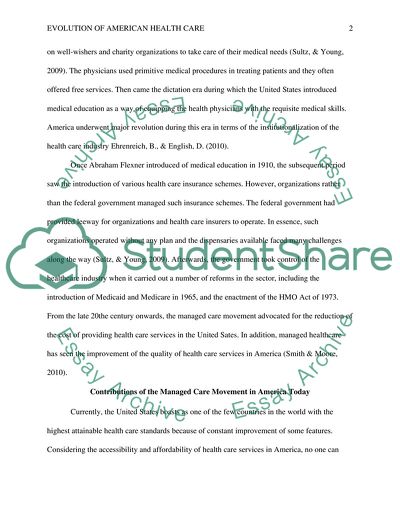Cite this document
(“Revolution of the American Health Care Industry Research Paper”, n.d.)
Revolution of the American Health Care Industry Research Paper. Retrieved from https://studentshare.org/health-sciences-medicine/1700848-revolution-of-the-american-health-care-industry
Revolution of the American Health Care Industry Research Paper. Retrieved from https://studentshare.org/health-sciences-medicine/1700848-revolution-of-the-american-health-care-industry
(Revolution of the American Health Care Industry Research Paper)
Revolution of the American Health Care Industry Research Paper. https://studentshare.org/health-sciences-medicine/1700848-revolution-of-the-american-health-care-industry.
Revolution of the American Health Care Industry Research Paper. https://studentshare.org/health-sciences-medicine/1700848-revolution-of-the-american-health-care-industry.
“Revolution of the American Health Care Industry Research Paper”, n.d. https://studentshare.org/health-sciences-medicine/1700848-revolution-of-the-american-health-care-industry.


